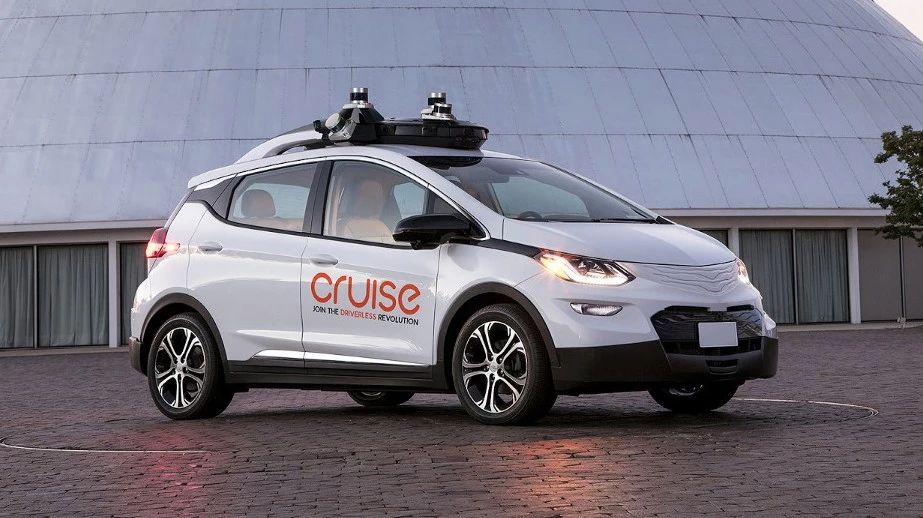Two Major Events in One Day Intensify the Arms Race in the Field of Self-driving
Two major events on the same day have significantly heightened the intensity of the arms race in the field of self-driving. SoftBank’s Vision Fund announced a $2.25 billion investment in Cruise Holdings LLC, an autonomous driving company under General Motors, to promote the commercialization of GM’s self-driving cars in 2019. Waymo announced that it will purchase 62,000 vehicles from Fiat Chrysler Automobiles (FCA) for its commercial operations later this year.
After seeing these two explosive moves, I recall the sharing by Zhang Ying, the founding managing partner of Beijing-based VC firm GGV Capital:
-
This market is not short of capital…but an increasingly evident trend is that a steady stream of funds are flowing towards the top companies.
-
As long as it’s a specific subdivision of industry recognized by investors, the top two companies in that industry can obtain disproportionate amounts of funding; on the other hand, if you are outside of the top two, it will be extremely difficult for you to raise 1/20 of their funding, even if you have excellent operations when top players in the industry are rapidly completing one round of huge financing after another.
If these two unusual events are a reflection of Zhang Ying’s views on the self-driving race, then I am not targeting anyone, but all the self-driving startups, especially those that have not yet verified their commercial closed-loop logic, may need to rethink and restart.
Why is this a signal of intensified arms race?
On the evening of March 13, 2017, Intel announced its acquisition of the global ADAS giant Mobileye for $15.3 billion to enhance its layout in the field of self-driving. However, when Mobileye was listed on the NYSE in 2014, its market value was only $5.3 billion. At that time, some voices mocked that Intel paid the price of $10 billion for its backwardness of three years.
Now let’s compare SoftBank today. On March 11, 2016, GM announced its acquisition of Cruise Automation for $1 billion. Two years later, SoftBank spent $2.25 billion to purchase less than 1/5 of Cruise’s shares (19.6%).
So is this the SoftBank version of “paying a price of $10 billion for its backwardness of two years”?
(P.S.: When Cruise’s valuation reached $11.5 billion, how much would Mobileye be worth?)Obviously, all major events need to be connected. Why did the top 3 global automakers, like General Motors, introduce external investment for Cruise? Why did Waymo significantly increase its layout in autonomous driving in just three months? In the meantime, there is also a little episode: Uber CEO Dara Khosrowshahi expressed his desire to cooperate with Waymo at the Code Conference, saying that “Waymo’s technology is incredible, and deploying Waymo’s fleet on Uber’s ride-hailing platform is a great idea, it depends on Waymo’s thoughts.” It should be noted that as of February 10th, Uber was still in court with Waymo over the autonomous driving technology dispute. There are no fewer than 50 companies conducting autonomous driving road tests in California. For Uber to offer an olive branch to its rival, Waymo, with a comparably higher level of technology, it can be said that Uber’s survival desire is very strong.
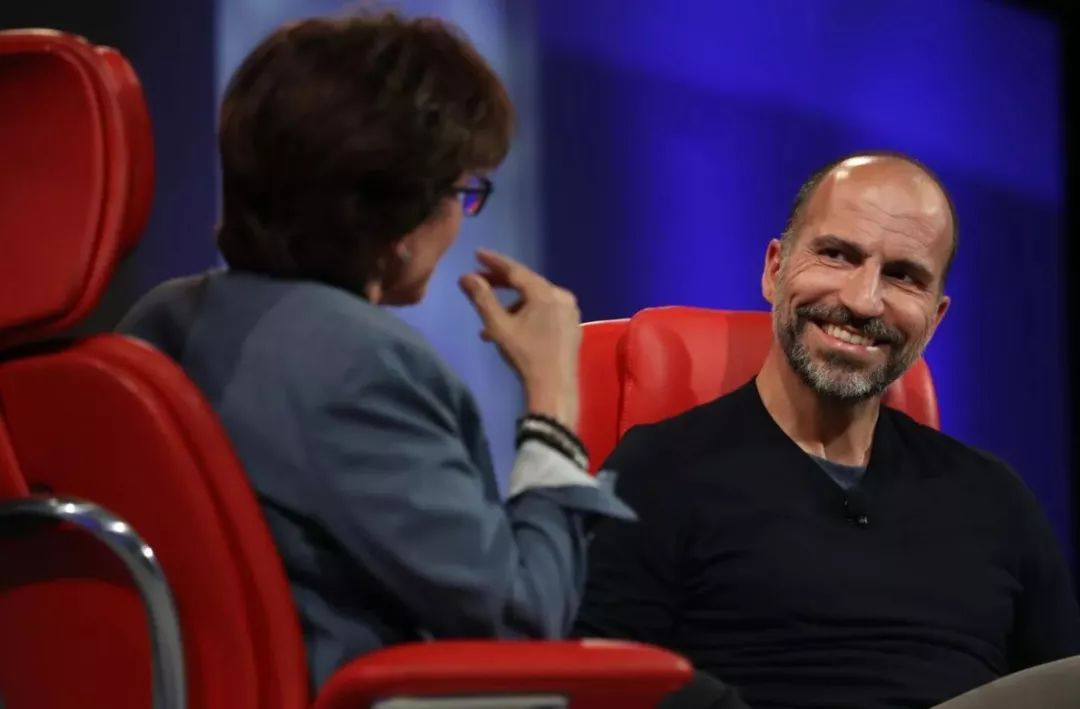
Uber, as the world’s largest transportation platform, General Motors as the world’s largest automaker, and Waymo as the industry’s leading autonomous driving research and development company, are all now in an unprecedented sense of crisis. What about the promised commercialization in 2021? It’s really “when competitors abandon you, they won’t even say goodbye”.
Let’s start with SoftBank.
What is SoftBank’s logic for investing in Cruise? Let’s take a look at what SoftBank did before investing in Cruise.
- In July 2015 and April 2017, SoftBank invested twice in Didi
- At the end of 2016 and October 2017, SoftBank invested twice in Ola
- In December 2014, August/September 2016, and June/July 2017, SoftBank invested four times in Grab
- In May 2017, SoftBank invested in 99 Taxis
- In November 2017, SoftBank invested in Uber
These investments have two characteristics: early or huge, such as SoftBank’s investment of $250 million in Grab at the end of 2014, or $10 billion investment in Uber at the end of 2017.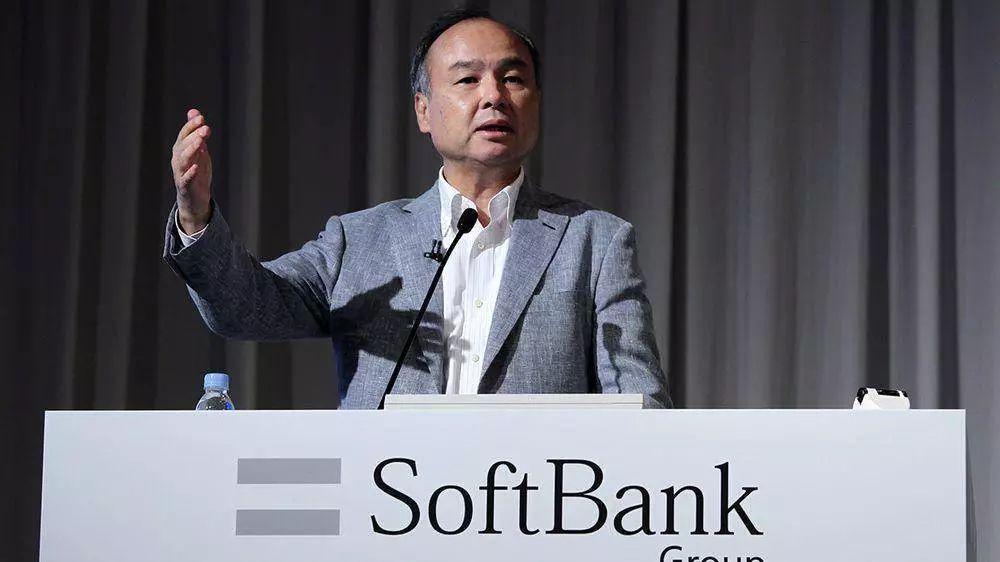
From a market perspective, these ride-hailing platforms have achieved complete coverage of the massive global ride-hailing market in China, the US, India, Brazil, and other regions. Taking a more macro view, Didi is a major shareholder of Lyft, Careem in the Middle East and North Africa, and Taxify in Europe, and Softbank is a major shareholder of Didi. Therefore, it is not exaggerated to say that the Softbank ride-hailing platform covers the world.
What is the future of ride-hailing platforms? The ultimate model will undoubtedly be a ride-hailing platform network driven by a large-scale autonomous driving fleet. Therefore, Softbank urgently needs to have the ability to manufacture autonomous driving cars. Does Softbank have any layout in the field of autonomous driving and new car manufacturing? Before investing in Cruise, Softbank only jointly established an autonomous driving company SB Drive with the autonomous driving start-up ASM in 2016, and had few other layouts in this area.
This is the reason why Softbank invested in Cruise.
Now let’s talk about Cruise.
At the same time that Cruise was founded, there were no less than 10 autonomous driving start-ups. Why did Cruise’s valuation exceed $10 billion?
First of all, it is important to clarify a concept. On March 11, 2016, General Motors announced that it would acquire Cruise for $1 billion in cash and stock, but promised that Cruise would continue to operate independently after the acquisition was completed. Softbank’s investment is actually bringing in wealthy and resourceful external investors for Cruise at the request of General Motors.
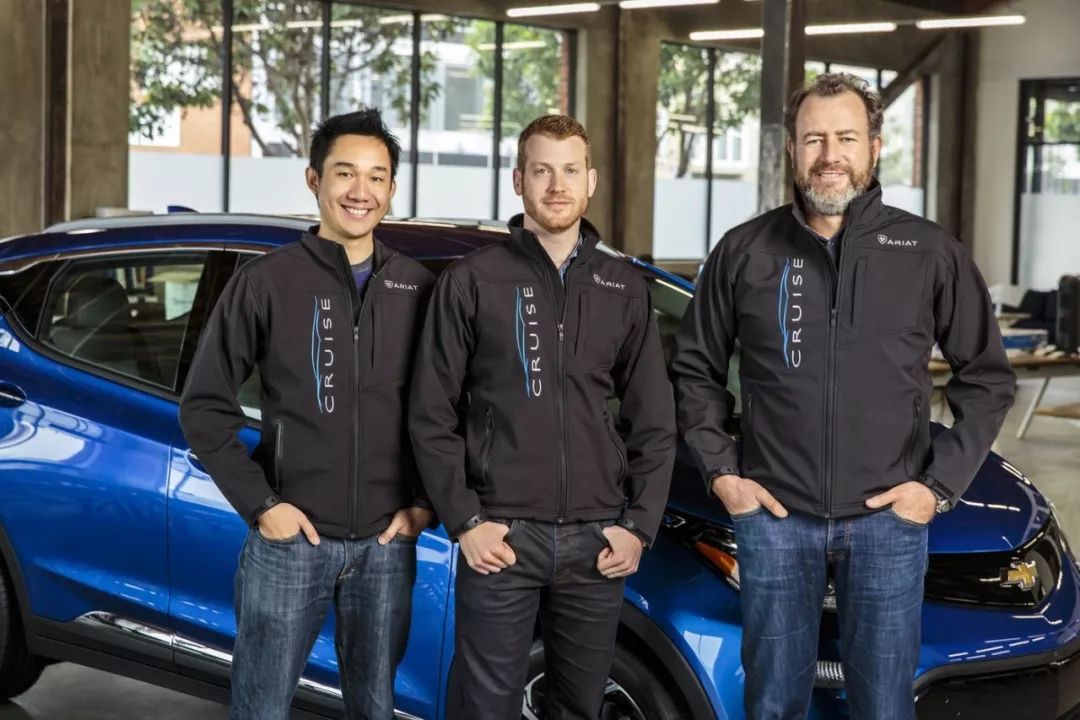
(A small anecdote is that before General Motors’ $1 billion acquisition, Cruise had raised less than $20 million in cumulative financing, employed only about 40 people, and had 1-2 test cars. After General Motors’ acquisition, Ford announced a $1 billion acquisition of the start-up Argo.AI, and Uber announced a $680 million acquisition of the start-up Otto… The initiator of the industry’s emerging bubble, always buying and buying, was General Motors.
Tesla once expressed strong dissatisfaction with General Motors in a lawsuit related to Autopilot.)>Traditional automakers, in order to catch up with leaders, created a hasty investment environment. A small team of programmers who demonstrated “autonomous driving technology” with software demos sold for billions of dollars. For example, Cruise Automation, a 40-person team, was sold to General Motors for $1 billion.
Today, General Motors and Cruise have become the best case so far of the integration of traditional vehicle engineering teams and software development teams in the field of autonomous driving. Softbank’s vision is correct. General Motors Cruise is undoubtedly one of the most promising players in the field of autonomous driving. There are two reasons why General Motors Cruise can quickly stand out from the outside:
-
After the acquisition, Cruise remained independent, ensuring the entrepreneurial company’s efficient executability sustainable.
-
General Motors CEO Mary Barra highly praises the Cruise team and gives it high operating permissions.
After being acquired, Cruise first received technical support from General Motors’ engineering team in areas such as vehicle engineering and chassis control; second, financial pressures were greatly reduced, allowing for a focus on team expansion and technological improvements.
In addition, Mary Barra even gave the Cruise team the power to transform General Motors’ culture: “If someone from General Motors tells you that this cannot be done or that is not feasible, or that it will take a lot of time and not be worth it, you can challenge their prejudices and stereotypes. I want to bring the energy, efficiency and attitudes you have to the core culture of General Motors.”
The end result is that General Motors’ autonomous vehicles have undergone three iterations in 14 months, which would have taken six years if they had followed General Motors’ previous development cycle. The General Motors Cruise team can complete the entire process from problem discovery, improvement, and optimization in mass production within a day.
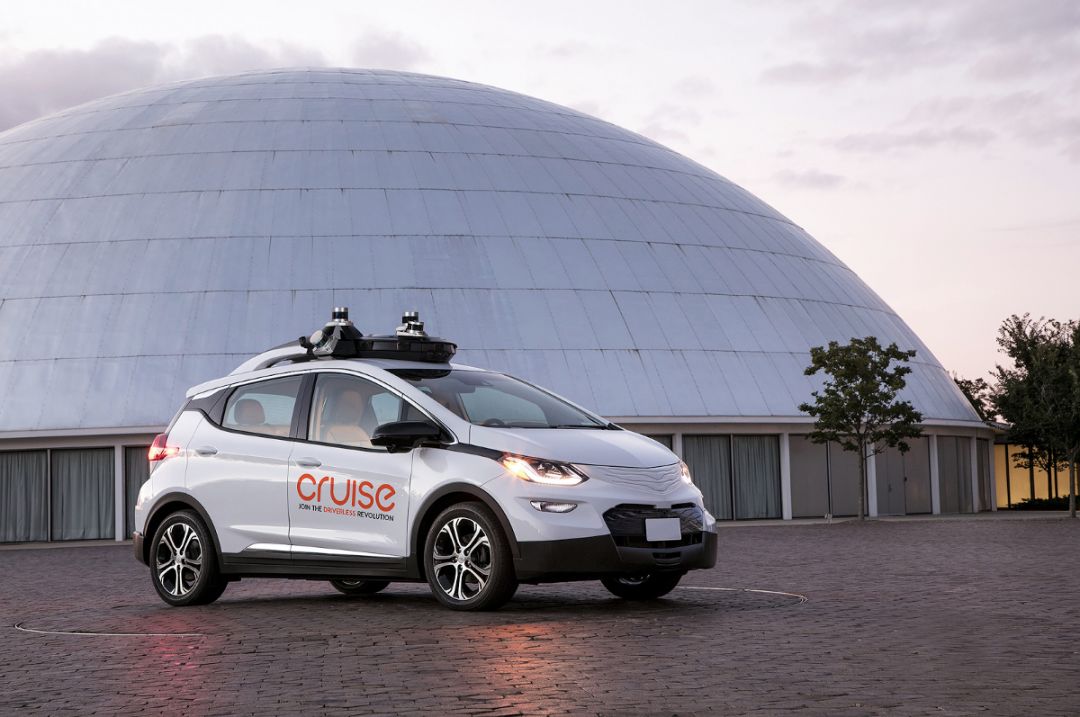
Such executability is unparalleled in traditional car companies.
From the road test report of the California Vehicle Management Bureau, Cruise’s technical level has been second only to Waymo for two consecutive years, ranking second. In terms of road test fleets, the scale of more than 100 vehicles is also among the top 5 in the world.
Therefore, regardless of software algorithm capabilities or mass production capabilities, General Motors Cruise is the team with the greatest potential. SoftBank’s investment of $11.5 billion is expensive but worth it.
Next, let’s talk about General Motors.There is only one question: before General Motors acquired Cruise in January 2016, it spent $500 million to buy a seat on Lyft’s board of directors. In addition, General Motors incubated its own car-sharing service, Maven. Therefore, from a business perspective, if it weren’t for SoftBank, General Motors’ commercialization process of autonomous driving would not be affected at all.
So why introduce SoftBank’s investment for Cruise?
There is no reason to explain it other than feeling a crisis in fierce industry competition. Although General Motors’ financial situation is not bad, it is completely insufficient compared to the arms race of Alphabet, the parent company of Waymo, in the field of autonomous driving. Judging from Waymo’s bold announcement of buying 62,000 autonomous driving vehicles yesterday evening, General Motors’ strategic plan of introducing SoftBank’s investment is precise and brilliant! The additional $1 billion invested by General Motors plus SoftBank’s $2.25 billion successfully resisted Waymo’s attempt to completely surpass the second-place by dramatically increasing investment.
Furthermore, once the technology reaches the commercialization level, General Motors will have the ability to output autonomous driving solutions. SoftBank’s travel platform will trigger economies of scale, promote the reduction of General Motors’ autonomous driving vehicle costs, and further enhance General Motors’ future competitiveness.
Finally, let’s talk about Waymo.
On March 27th of this year, Waymo announced that it will join forces with Jaguar Land Rover to build autonomous vehicles based on Jaguar I-PACE pure electric vehicle platform, and the size of its vehicle fleet will reach 20,000 units by 2020.
Compared with competitors, Waymo’s leadership is evident.
As I wrote in “Is Autonomous Driving Just Around the Corner?,” Waymo’s advanced technology level comes from being wealthy and diligent: By now, Waymo’s road test mileage has reached 6 million miles, and its simulated mileage has reached 5 billion miles. Therefore, Waymo already reached the level of autonomous driving of 5,600 miles without intervention last year.My main concern at the time was whether the route of self-driving car fleets like Waymo’s running data was sustainable. Waymo can support a fleet of thousands of vehicles and personnel expenses, but it is difficult to support the expenses of fleets of tens or even hundreds of thousands of vehicles.
Now Waymo is answering with action by running a fleet of 100,000 level vehicles.
An unwritten industry opinion is that when the test mileage of autonomous vehicles reaches 10 billion miles, the technology level will have the opportunity to reach commercial level L4, at least better than human drivers.
Ten billion miles is equivalent to 100,000 vehicles running 100,000 miles each. If the work intensity is higher, by 2021 – the recognized year of commercialization of autonomous vehicles – running 33,000 miles annually, reaching L4 technology level is feasible, but the prerequisite is to have a fleet of 100,000 vehicles now.
Therefore, although the entire industry unanimously sets 2021 as the year of commercialization of autonomous vehicles, top players like General Motors and Waymo are struggling, and other companies should wash and sleep.
Finally, let’s talk about the impact of these two actions.
General Motors and Waymo have tacitly agreed to lead the technology level by investing heavily and gaining revenue with limited-area trial operations. The prerequisite for leading is to have the ability to manufacture entire vehicles in 100,000 quantities and a few billion dollars of investment.
The role of capital in business competition is once again highlighted, and Alphabet and General Motors may only increase investment in the commercialization process of autonomous driving to accelerate the process, but they objectively play a role in clearing the battlefield. All autonomous driving start-ups that have not yet reached a purchase agreement with automotive OEM giants need to rethink their commercialization direction. Competing with Waymo with fleets of dozens or even hundreds of vehicles is not a future-proof strategy.
Furthermore, do top OEM giants like Volkswagen and Toyota need to follow suit? If they do, was autonomous driving always a game for the giants from the beginning?
Will Tesla’s continued persistence in the Vision First technology route waste opportunities and lose a huge first-mover advantage in data collection?
Today, an investor commented that (other players) can break through at low speeds, but self-driving passenger cars are completely unable to catch up.
On the other hand, who can easily come up with billions of dollars / or have the ability to manufacture entire vehicles in 100,000 quantities?
Apple, Didi, and Alibaba should enter the market.
 * Do You Really Think Self-Driving Cars Are Just Around the Corner?
* Do You Really Think Self-Driving Cars Are Just Around the Corner?

This article is a translation by ChatGPT of a Chinese report from 42HOW. If you have any questions about it, please email bd@42how.com.
